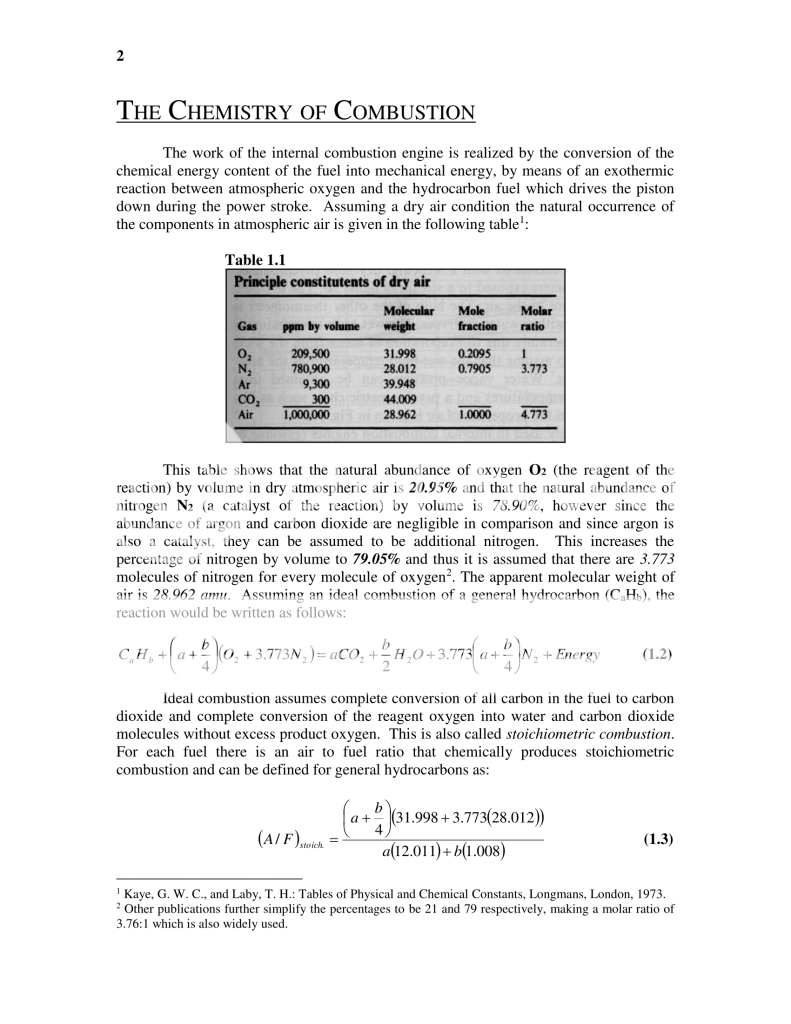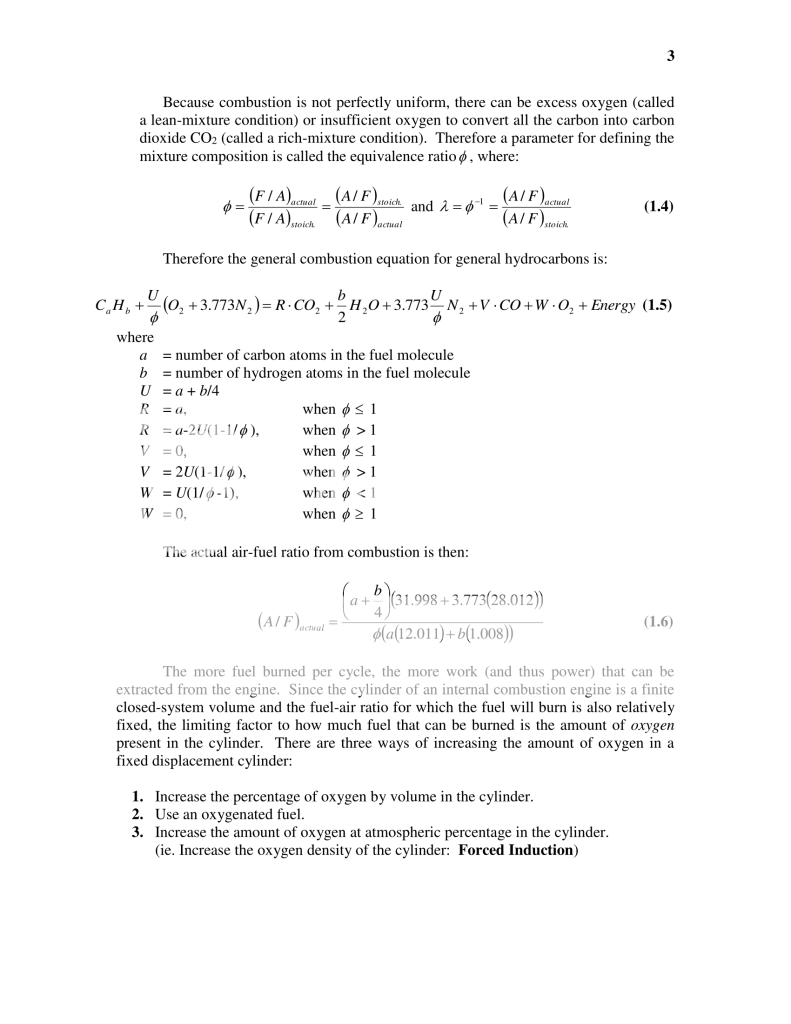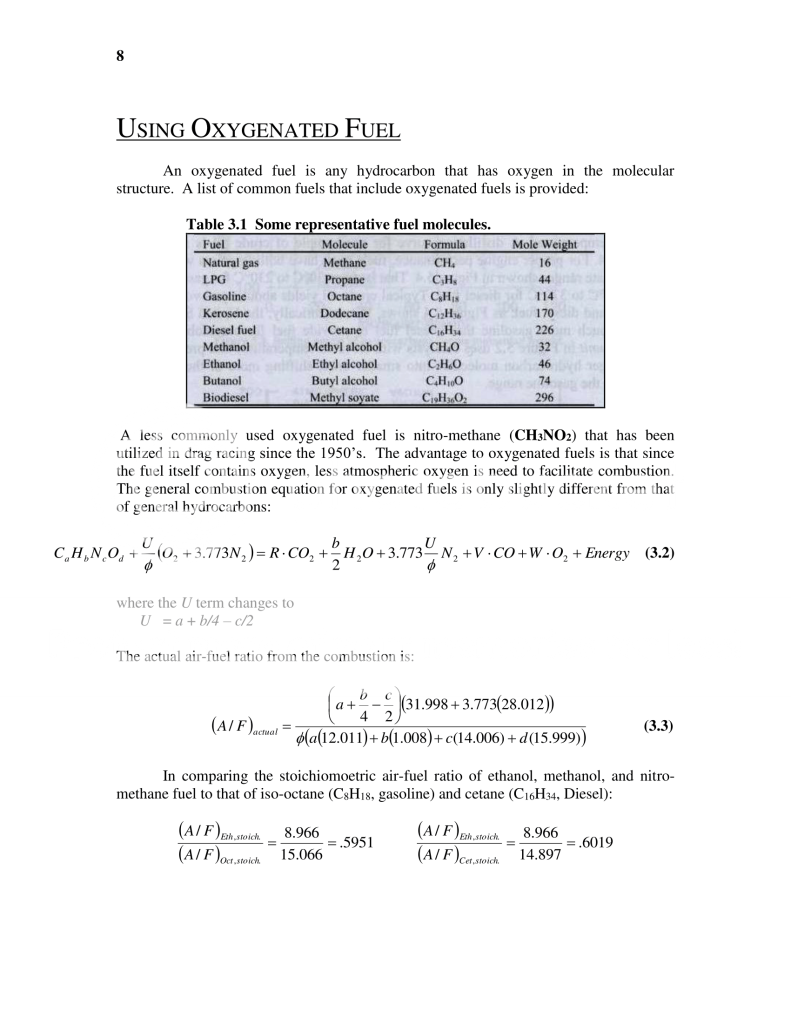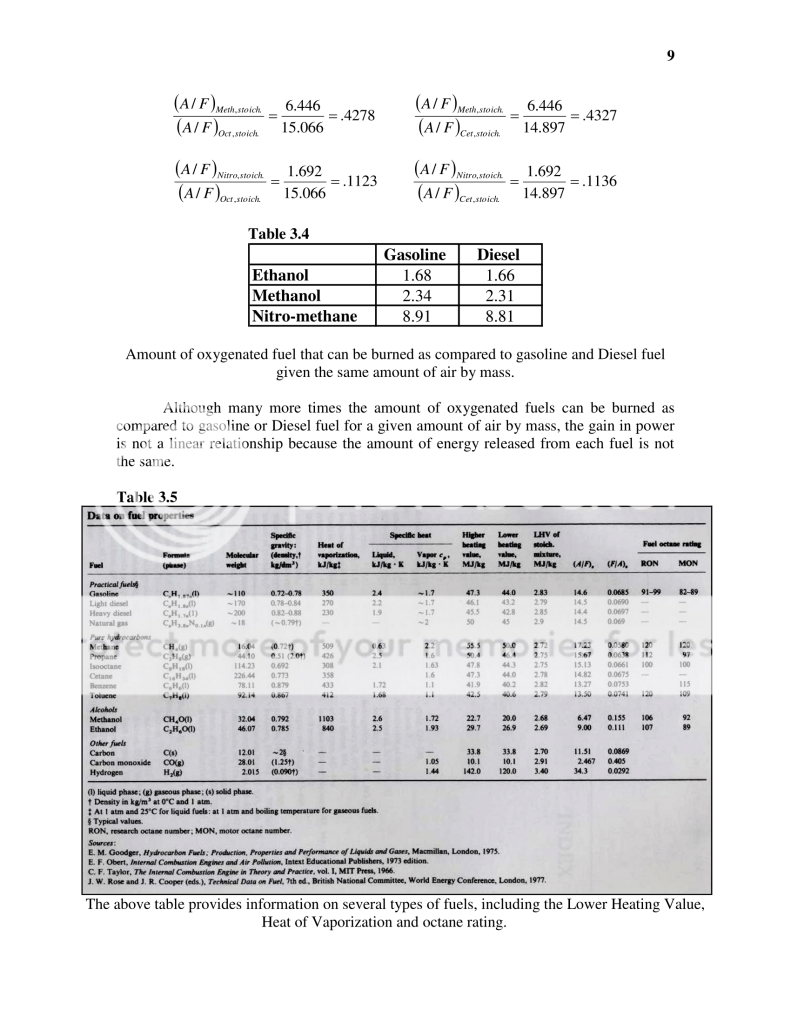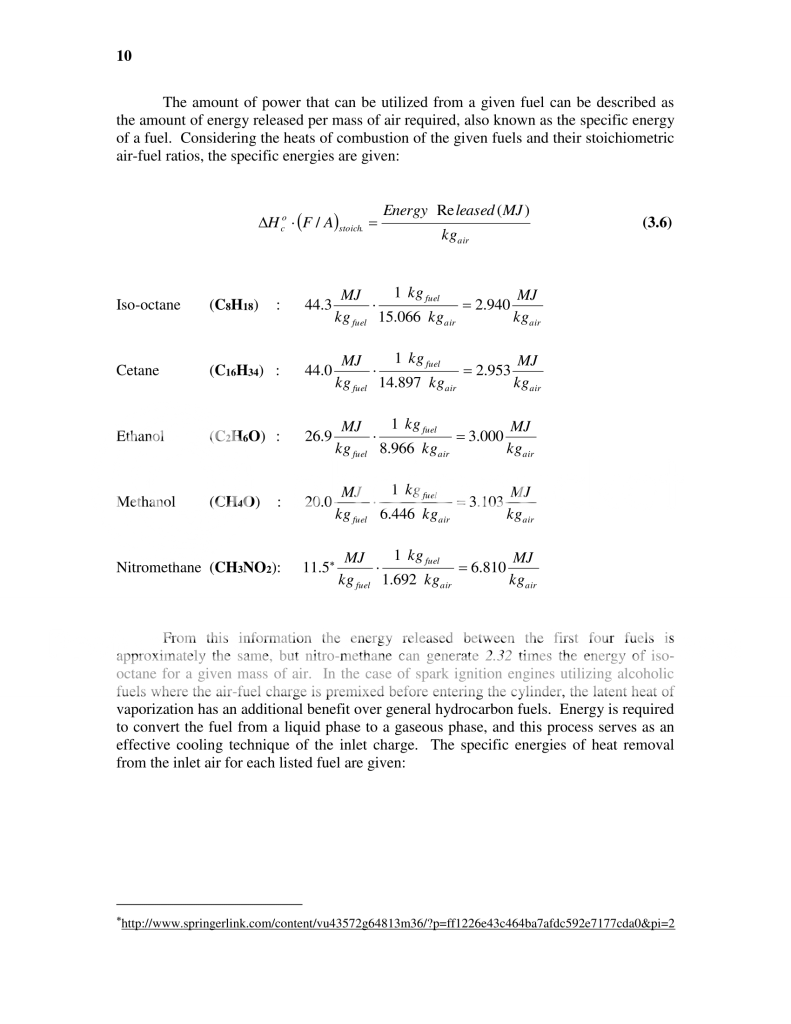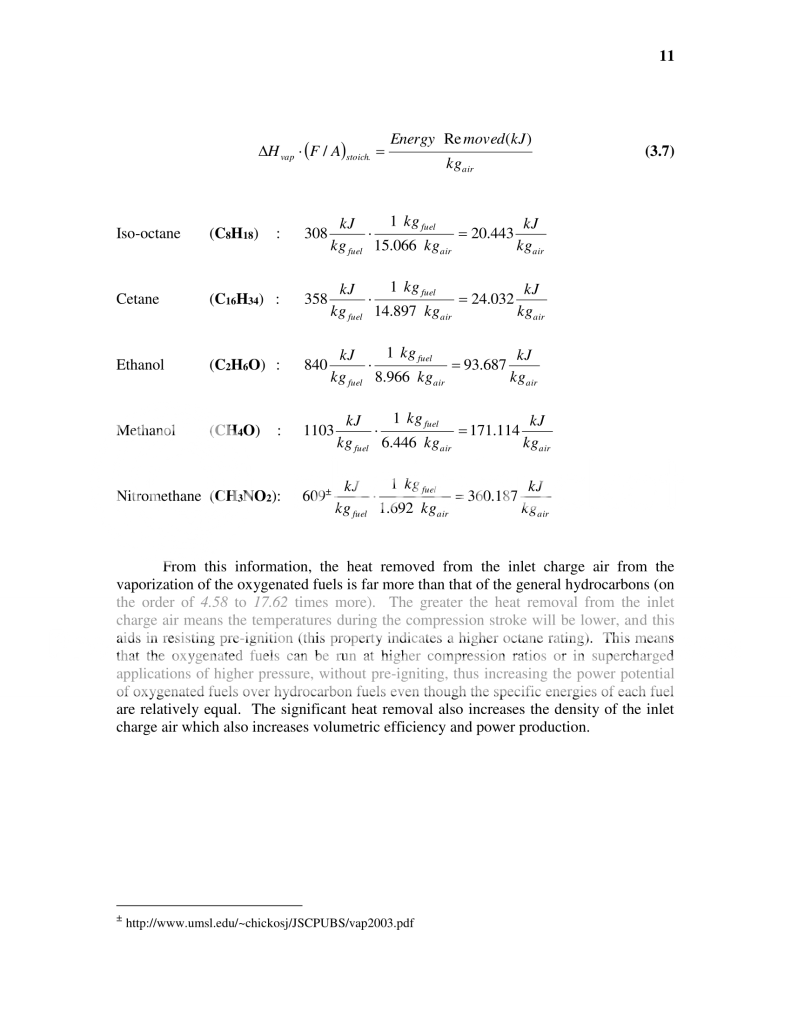1
FE Technical Forum / Re: SOHC Gear Drive
« on: December 06, 2016, 12:40:01 AM »
As a gear and gearbox designer by profession (and degreed mechanical engineer, licensed and recognized by IL, P.E. #062.068693), this topic of a gear drive for a SOHC motor is of particular interest to me. If I could help in any way with a potential design I would be more than willing to. If that were to only check someone else's design over or to assist in coming up with a design I would relish at the opportunity. I have been limited in my ability so far to accurately conceptualize the layout in my cad program, however, as I do not have an accurate model of a SOHC engine, and do not have a SOHC engine to create a model from!
As for my qualifications to help, I am a contributor to the AGMA (American Gear Manufacturer's Association) and know some of the highest quality gear manufacturing facilities in the business (Chicago is a large hub for the Gear Industry). I can help optimize gear geometry, can run gear design calculations per AGMA standards, and can create actual blueprints with appropriate GD&T (geometric dimensioning and tolerancing) per the latest ASME Y14.5M-2009 standard (as opposed to simple drawings with plus/minus tolerancing, which routinely induce unacceptable tolerance stack ups, or simply do not convey the true intent of the part as it would need to function in application).
I freely admit that I am a completely biased party to the discussion of whether a gear drive makes sense for use in this application, and if the standard method of a stretching chain is already good enough (or perhaps even desirable), predictably repeatable in how much it stretches, able to be accurately compensated for, cheaper, easier to maintain, etc. then there's no question that as an engineer I would absolutely advise my management to stick with the simple solution that already works. I question however how predictably repeatable the amount of stretch is, and whether there would be more precise alternatives to vary the advance if done so intentionally, as opposed to reacting and correcting for whatever the given advance or retard is provided by the system, without really having control over it.
Additionally I question the power consumption of running the chain as opposed to a gear drive. I'm not a chain and sprocket designer so I can't really comment with confidence on the losses, but I would imagine a chain that long and heavy would require more power to throw around than the gear sets would be.
Also one thing that I do know for sure is that in power transmission a chain is about the worst case you can get with respect to overhung load on the shaft. The chain tension itself (without any load along the chain at all) will already cause a (potentially significant, depending on the amount of tension) radial force on the shaft at the sprocket, and then the shaft will have to then also transmit torque when the system is rotating. This is a classic case of combined loading in torsion and bending. Don't get me wrong, the separating forces of a gear set will cause overhung load as well, but only as the torque increases on the system, and the gear set will have significantly lower radial forces than a chain, and can even be designed to limit the separating forces as well. Now this could all be minutia, and have no real world effect if fatigue failure of the sprocket shafts never occurs in the current design, but then again who's to say it wont happen at the most inopportune moment, like right when its reached its fatigue life and is at its highest stress during a pass at Drag Week and decides to relieve itself from the engine to catch some sun ('cause if it were to happen at all, that's the most likely candidate of when). As an engineer I would call that a failure, David Freiburger would call that Un-Good.
Some quick comments on the proposed gear design:
Be careful with double helical. There are a few design considerations that should be investigated before choosing that geometry that I can get into longer detail on that not everyone will probably care about, as I've already gotten way too in depth and long winded as it is.
Some questions about the design:
How much face width can you get away with? This will be key in determining whether a double helical is really the best option.
Last thing:
Don't believe in the limitations of any given rule of thumb for any type of engineering problem. There's always exceptions to the rule, and if you know the design criteria, the optimal engineering solution (for the given criteria, which may only apply to this one thing) rarely falls in line with rules of thumb. Most of the time however the truly optimal engineering solution is not chosen due to compromises that make life easier for other considerations, like cost, manufacturing, and assembly which of course are valid and usually more important criteria in industry. For this case the double helical system could very well be the optimal design, but I also know that if you show me that system I could probably design the "worse" spur system to be quieter, stronger, and cheaper. There's a lot of questions to be answered before being able to make those kinds of determinations though.
Sorry for the long reply, I'm just a gearhead.
Calvin
P.S.
I think the links to the scans of the Car Craft article may be broken. I only see X's.
As for my qualifications to help, I am a contributor to the AGMA (American Gear Manufacturer's Association) and know some of the highest quality gear manufacturing facilities in the business (Chicago is a large hub for the Gear Industry). I can help optimize gear geometry, can run gear design calculations per AGMA standards, and can create actual blueprints with appropriate GD&T (geometric dimensioning and tolerancing) per the latest ASME Y14.5M-2009 standard (as opposed to simple drawings with plus/minus tolerancing, which routinely induce unacceptable tolerance stack ups, or simply do not convey the true intent of the part as it would need to function in application).
I freely admit that I am a completely biased party to the discussion of whether a gear drive makes sense for use in this application, and if the standard method of a stretching chain is already good enough (or perhaps even desirable), predictably repeatable in how much it stretches, able to be accurately compensated for, cheaper, easier to maintain, etc. then there's no question that as an engineer I would absolutely advise my management to stick with the simple solution that already works. I question however how predictably repeatable the amount of stretch is, and whether there would be more precise alternatives to vary the advance if done so intentionally, as opposed to reacting and correcting for whatever the given advance or retard is provided by the system, without really having control over it.
Additionally I question the power consumption of running the chain as opposed to a gear drive. I'm not a chain and sprocket designer so I can't really comment with confidence on the losses, but I would imagine a chain that long and heavy would require more power to throw around than the gear sets would be.
Also one thing that I do know for sure is that in power transmission a chain is about the worst case you can get with respect to overhung load on the shaft. The chain tension itself (without any load along the chain at all) will already cause a (potentially significant, depending on the amount of tension) radial force on the shaft at the sprocket, and then the shaft will have to then also transmit torque when the system is rotating. This is a classic case of combined loading in torsion and bending. Don't get me wrong, the separating forces of a gear set will cause overhung load as well, but only as the torque increases on the system, and the gear set will have significantly lower radial forces than a chain, and can even be designed to limit the separating forces as well. Now this could all be minutia, and have no real world effect if fatigue failure of the sprocket shafts never occurs in the current design, but then again who's to say it wont happen at the most inopportune moment, like right when its reached its fatigue life and is at its highest stress during a pass at Drag Week and decides to relieve itself from the engine to catch some sun ('cause if it were to happen at all, that's the most likely candidate of when). As an engineer I would call that a failure, David Freiburger would call that Un-Good.
Some quick comments on the proposed gear design:
Be careful with double helical. There are a few design considerations that should be investigated before choosing that geometry that I can get into longer detail on that not everyone will probably care about, as I've already gotten way too in depth and long winded as it is.
Some questions about the design:
How much face width can you get away with? This will be key in determining whether a double helical is really the best option.
Last thing:
Don't believe in the limitations of any given rule of thumb for any type of engineering problem. There's always exceptions to the rule, and if you know the design criteria, the optimal engineering solution (for the given criteria, which may only apply to this one thing) rarely falls in line with rules of thumb. Most of the time however the truly optimal engineering solution is not chosen due to compromises that make life easier for other considerations, like cost, manufacturing, and assembly which of course are valid and usually more important criteria in industry. For this case the double helical system could very well be the optimal design, but I also know that if you show me that system I could probably design the "worse" spur system to be quieter, stronger, and cheaper. There's a lot of questions to be answered before being able to make those kinds of determinations though.
Sorry for the long reply, I'm just a gearhead.
Calvin
P.S.
I think the links to the scans of the Car Craft article may be broken. I only see X's.


